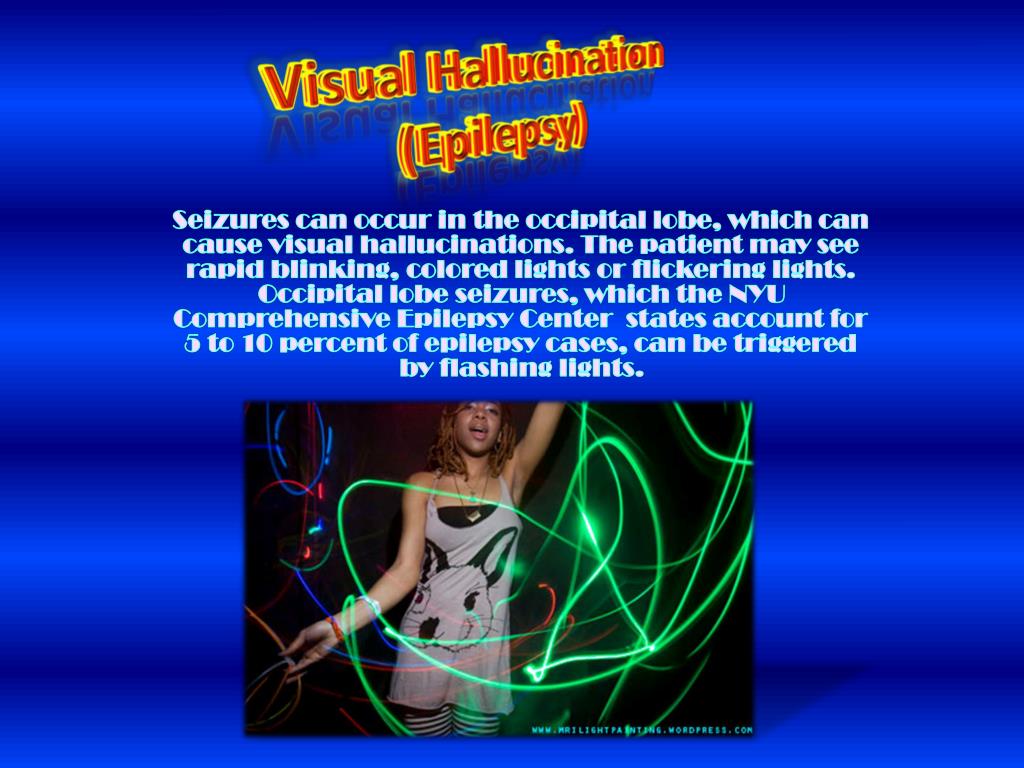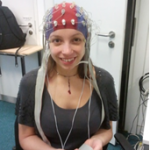
Brain 2000, 12:2512–2518.Ĭollins MN, Cull CA, Sireling L: Pilot study of treatment of persistent auditory hallucinations by modified auditory input. Knecht S, Dräger B, Deppe M, et al.: Handedness and hemispheric language dominance in healthy humans. Brain 1999, 122:75–85.Įvers S, Ellger T, Ringelstein EB, Knecht S: Is hemispheric dominance relevant in musical hallucinations? Report of two cases. Science 1974, 185:537–539.Įvers S, Dannert J, Rödding D, et al.: The cerebral haemodynamics of music perception. Music Perception 1984, 2:196–221.īever TG, Chiarello RJ: Cerebral dominance in musicians and nonmusicians. Zatorre RJ: Musical perception and cerebral function: a critical review. This interesting observational study shows the importance of psychiatric disorders in the development of musical hallucinations. Int J Geriatr Psychiatry 2005, 20:658–660.īaba A, Hamada H, Kocha H: Musical hallucinations in schizophrenia. Warner N, Aziz V: Hymns and arias: musical hallucinations in older people in Wales. It shows a very high prevalence in psychiatric patients, particularly in obsessive-compulsive disorder. This is one of the very rare epidemiologic studies on the prevalence of musical hallucinations. Hermesh H, Konas S, Shiloh R, et al.: Musical hallucinations: prevalence in psychotic and nonpsychotic outpatients. This epidemiologic study of the prevalence of musical hallucinations in older people with hearing damage demonstrates the importance of hearing de.cits as an etiologic factor in musical hallucinations. Psychosomatics 1998, 39:175.Ĭole MG, Dowson L, Dendukuri N, Belzile E: The prevalence and phenomenology of auditory hallucinations among elderly subjects attending an audiology clinic. Eur Arch Psychiatry Clin Neurosci 2006, In press.įukunishi I, Horikawa N, Onai H: Prevalence rate of musical hallucinations in a general hospital setting. Mori T, Ikeda M, Fukuhara R, et al.: Regional cerebral blood flow change in a case of Alzheimer’s disease with musical hallucinations. Infection 2004, 32:293–295.ĭavies AN, Quinn T: Opioid-related musical hallucinations. J Nerv Ment Dis 1998, 186:652–653.Īgrawal AK, Sherman LK: Voriconazole-induced musical hallucinations. Gordon AG: Drug-induced musical hallucinations. Saba PR, Keshavan MS: Musical hallucinations and musical imagery: prevalence and phenomenology in schizophrenic patients. Pasquini F, Cole MG: Idiopathic musical hallucinations in the elderly. Klostermann W, Vieregge P, Kömpf D: Musik-Pseudohalluzinose bei erworbener Schwerhörigkeit. Neuropsychiatry Neuropsychol Behav Neurol 1992, 5:211–223. Keshavan MS, Davis AS, Steingard S, Lishman WA: Musical hallucinosis: a review and synthesis. Psychiatry Clin Neurosci 2004, 58:96–98.īerrios GE: Musical hallucinosis: a statistical analysis of 46 cases. It includes statistical analysis of subgroups divided by etiology.įischer CE, Marchie A, Norris M: Musical and auditory hallucinations: a spectrum. This is the largest analysis of all published case reports on musical hallucinations. Br J Psychiatry 1990, 156:188–194.Įvers S, Ellger T: The clinical spectrum of musical hallucinations. The discussion on the pathophysiology of musical hallucinations comprises theories of deafferentation (including auditory Charles Bonnet syndrome), of sensory auditory deprivation, of parasitic memory, and of spontaneous activity in a cognitive network module.īerrios GE: Musical hallucinations: a historical and clinical study.

Anticonvulsant and antidepressive agents have been effective in the treatment of some musical hallucinations.

Hemispheric dominance seems to play no major role in the pathogenesis of musical hallucinations, but hypacusis is present in the majority of all patients. Musical hallucinations most often occur in patients over age 60 years, although patients whose hallucinations are caused by focal brain lesions are significantly younger. There is a female preponderance of about 70%.

Analyzing the published cases, five subgroups can be separated according to their etiology: hypacusis, psychiatric disorders, focal brain lesions, epilepsy, and intoxication. Musical hallucinations have been described in numerous neurologic and psychiatric patients, but their pathophysiologic background is not understood.


 0 kommentar(er)
0 kommentar(er)
